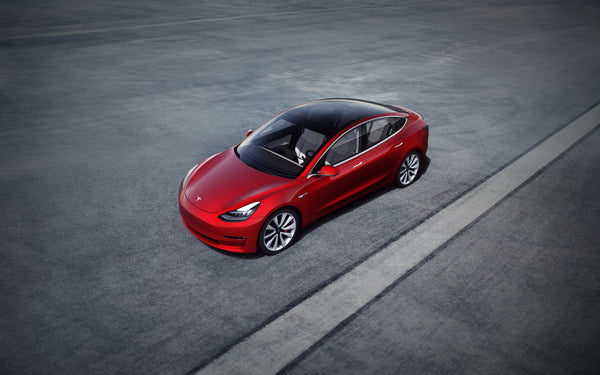

A couple I have specifically tried myself (noted), which are listed below as well. I've listed below the recommendations I've found from around the internet. This isn't explicitly stated anywhere in Tesla's support documents, but given that the system will be constantly writing large files to your drive, it is best to have a newer flash drive that can handle fast transfer speeds. What should I get? If you really want a USB Flash Drive (but, please don’t)… Start with a new Flash Drive Take the guess-work out of the formatting and buy all the needed materials in one package! You'll receive the card reader, MicroSD card, and it will be ready to go upon arrival, simply plug it in to your Tesla.

There is a variation of this package that includes a USB adapter with a USB C connecter, should that be aligned with your needs. The USB adapter allows for you to connect to the Tesla and also connect to your computer. The MicroSD selected is optimal for constant writing of data – they are designed for digital cameras and to have high data write speeds, perfect for multi-camera recording (like DashCam and Sentry Mode). microSD is the way to go.Īfter months of testing various configurations of USB drives, MicroSD cards, and SSD hard drives for DashCam and Sentry Mode, I have determined that the configuration listed below is the most reliable, most likely to “go the distance” when you need it the most, and most affordable. This allows for the ability for owners to save and export footage from the built-in vehicle cameras. With firmware version 9.0 of the Tesla software came a new feature Tesla calls DashCam.


 0 kommentar(er)
0 kommentar(er)
